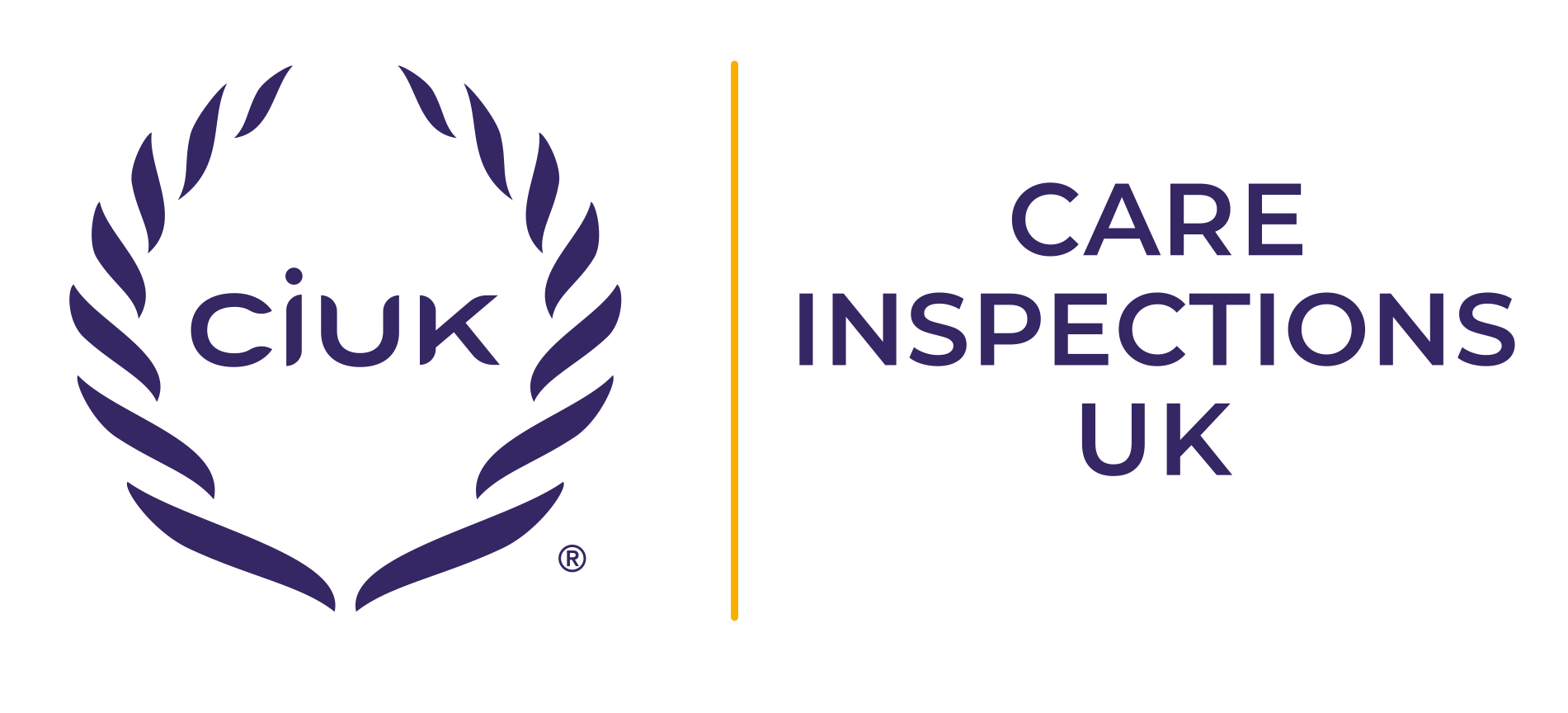A well-run and effective care home must balance quality, financial performance, and risk management to ensure residents’ high-quality, long-term care and financial security. If there is an imbalance resident and the care home operator are at risk. From a quality, financial and risk perspective, problems are far more difficult to resolve than to prevent.
A cycle of CIUK inspections enables the operator to achieve a strong focus on continuous improvement so that quality becomes embedded in all aspects of the care home. The aim is to seek out non-compliances and proactively act on them. The CIUK inspection also strengthens risk management by pinpointing areas of concern and providing objective evidence on which to act and be measured against. A care home needs to know when it is meeting standards; CIUK will provide this evidence so the operator can focus action on areas that need close attention rather than being concerned about the fault-finding approach that is a weakness of the current regulatory-based state inspection system.
As a care home becomes stronger in quality and managing risk, the financial performance stabilises and improves. This occurs through improved occupancy, lower staff turnover and fewer concerns about care. The valuable management tool that CIUK provides enables the care home/ operator to concentrate on what is needed rather than what is occurring or, worse general anxiety about what can be faulted by the regulator.
It has become increasingly apparent that the value of any care service vests more in the management and reputation of the underlying business than in bricks and mortar of the building in which the service is operated.
Investors, lenders, operators, and purchasers need to be able to assess the quality of management in an objective and structured way, just as much as they need to be reassured that they are getting a good title to the property.
The traditional way of determining quality has been to look at the Regulator’s ratings and reports. Whilst this is a view of a care home, it tends to be about fault-finding and then publicising fault as a justification for the role of the state inspection scheme. There are many reasons why this is of limited value to stakeholders. Performance in care services can change, for better or worse, very rapidly. Historically, the state inspectors may have visited services semi-regularly; it can be two to three years between state inspector visits unless something gives the regulator cause for concern. Then they seek out faults to justify their role. There have been many well-publicised incidences of “Good” rated services failing catastrophically with a devastating result to the value and long-term reputation of the business. CIUK inspections maintain objectivity, and, unlike regulator visits, they can be arranged to meet the needs of the business and timed to provide the assessment as required, for example, as part of the due diligence process on disposal. Operators can arrange for a CIUK inspection to ensure that the service will meet the regulators’ expectations at the next regulatory inspection, thereby increasing the chances of obtaining the correct rating. Investors and senior management can utilise regular CIUK inspections to provide a longitudinal assessment of how quality is trending to enable quality focus and give stakeholders comfort that internal quality systems remain robust
